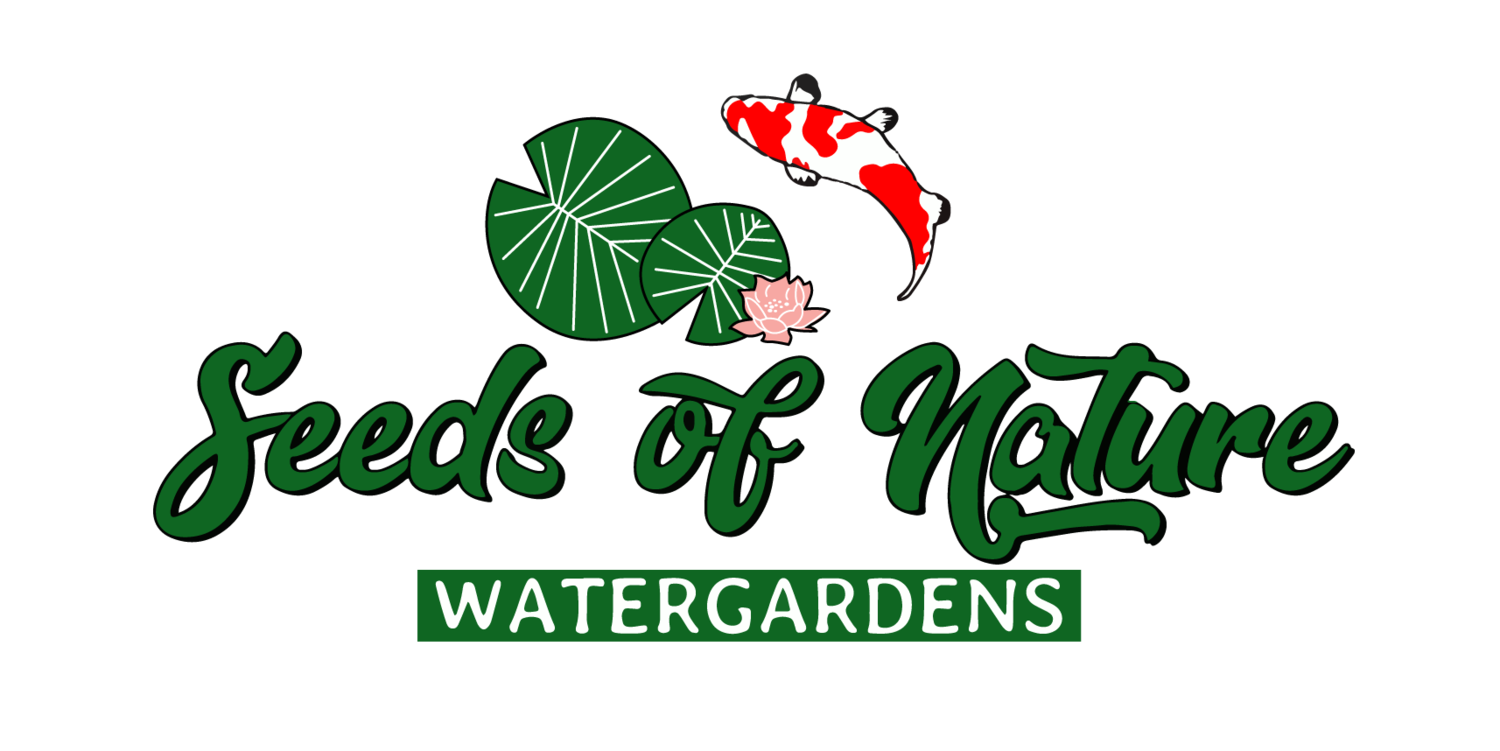This article is intended to give you a better understanding of biological filtration. And why it is one of the most necessary components in your ecosystem pond.
Biological filtration is determined by the size of the pond, intended stock, climate, and sun exposure. It is called biological because the filter houses live bacteria that feed on excess nutrients such as ammonia, nitrite, and nitrates that are produced from fish, decaying plants, and windblown debris. This is an absolutely necessary addition to your pond to improve water quality.
As outlined here the nitrogen cycle is the process the bacteria undergo to filter the water. Without this important component ammonia poisoning and poor water quality can happen.

The larger the pond, the larger the body of water that is needed to be filtered. The more stock planned, the more filtration, etc. You get the idea.
My goal is to provide 2x the filtration of recommendation from manufacturers. Except in the case of wetland filters which depend on a few more factors. And this is partly because of the unique climate we experience in the Rogue Valley Metropolitan area.
There are different kinds of biological filtration such as canister filters, pressure filters, rain filters, undergravel filters, baffle filters,bog filters, and upflow biological filters. Whew! We will go over the most common types of biological filtration for simplicity.
Some things to keep in mind when choosing a filter is their capacity, the aesthetic you are looking to achieve, and the maintenance that will be required.
Canister Filters
Canister filters/ pressure filters can work great. But they need much more maintenance than their upflow counterparts. And they take more components which makes their repair costly. Moreover it is difficult to hide them in the landscape. And they usually need to be hidden behind a structure. These are commonly used in the pool industry and can be referred to as sand filters since some of them use sand as the filter media.
Bog Filters
Next, bog filters, as many DIYers know of them, are efficient small-scale ‘wetland’ filters. But they are typically designed to have no way of cleaning. They can be made using old barrels or stock ponds and filled with gravel. On a smaller scale these filters can work great, but they are often difficult to clean and end up clogging within the first year or two of use. We generally shy away from these types of filters due to their maintenance requirements.
Upflow Filters
The Biofalls I install on almost every ecosystem pond are up-flow biological filters. They are easy to clean and maintain and have the largest capacity for filter media as opposed to similar sized counterparts. Moreover they are by far the most efficient and easy-to-use filters that have ever existed.
Biofalls can easily be hidden and integrated into the pond design since they attach directly to the waterfall liner and can be hidden with rock. This makes them easier to incorporate into the pond design. Their open top design also makes them extremely easy to clean and maintenance. There is no better form of biological filtration currently on the market in terms of ease of use and filter capacity.
Another form of an upflow filter is going to be constructed wetland filters. They work the same way as biofalls, except they are much larger, and utilize many tons of gravel to form the bacteria colonies needed for filtration. They are not as simple to install as a biofalls but will maintain a crystal clear body of water.
I hope this helped you understand biological filtration a bit better.
Happy ponding!
Check out Ed The Pond Professor & Filtration to learn more!
